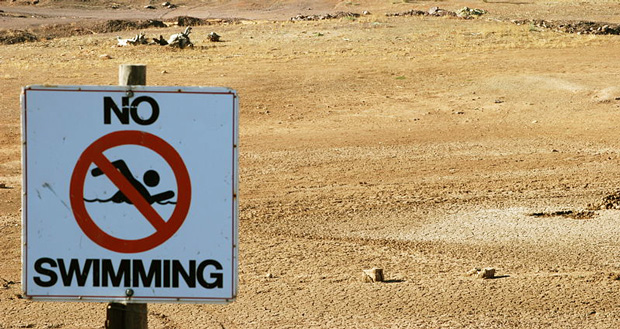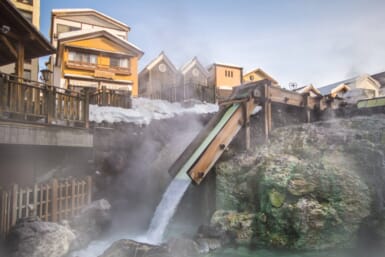Sustainable_Business: by Darrell Nelson
With 70 percent of our planet covered in the stuff, two thirds of our bodies made up of it, and a season where it seems to pour from the skies continuously, you could be forgiven to think that water is in abundant supply. Unfortunately, the reality is the exact opposite. The chief problem is that only a fraction of the world’s water is drinkable. In fact, if you were to put all of the world’s water into a barrel, then less than a teaspoon would be suitable for human consumption!
“Looking out to 2025, the number of people living in water-stressed countries will increase six and a half times,” says Sandra Postel, an author and water analyst. In fact, the latest survey puts at least 28 countries under the classification of ‘water-stressed,’ meaning not enough water to sustain economic development or agriculture. It is in such high demand from virtually everywhere—taps, toilets, sinks, gardens, industry—that if we don’t learn how to conserve the most important of resources, what was once ubiquitous will become scarce in some of the world’s most populous areas.
“The path that we’re on is a little scary right now. The challenges the world faces with water fall into three buckets: quantity, quality and the energy consumption related to it,” commented Jeff Fulgham, the sustainability officer of GE Power and Water, in a recent interview.
Attempts in the past to address the shortage of water in certain countries have instead turned to be counterproductive and exasperated the problem. By altering the path of the rivers to a non-natural river course, areas that once received agricultural irrigation now are dry, arid fields, and aquifers are dangerously low. The Aral Sea in the former Soviet Central Asia is evidence of this. After diverting the rivers flowing into the Aral Sea to allow for plans to grow cotton in the desert, the sea subsequently shrunk by two thirds. Along the river, the old port town of Muynak is 30 miles from the coast.
To start to address the problem of water shortage in a way that will ensure reserves are still there in the future, we need to start to look again at renewable energy. The power industry is currently by far the biggest user of water at present. In the US 49 percent of water used in the industrial market goes to generate power for thermal power plants, i.e. coal, gas and nuclear. “If there are 100 gallons of water in the world, 20 go to industry, 70 go to agriculture, and 10 go to you. What we need to look at is those first two markets and how they can be more efficient in using water,” says Fulgham. Currently the agricultural sector receives heavily subsidized, or in some areas even free, volumes of water. However technology exists that could change irrigation to low-flow irrigation and reduce the usage by 50 to 70 percent, according to Fulgham. “You could reduce the world’s water consumption by 50 percent [by addressing these markets]. It’s phenomenal. But there’s no incentive to doing that. Why would I spend more money for something that’s already free?”
In Japan the water sector has always been regarded as having some of the best technology from around the world. The Tokyo Metropolitan Government (TMG) announced this year that it will make use of this to combat global water issues, and has set up an implementation plan to realize this international contribution.
As ever, the solution to the problem is a combination of science, government and awareness. Effective water conservation needs changes on the government level to provide incentives for industry level use to drop, and new technologies to be taken up. Awareness on a local level, of course, is also needed to take care of the very resource that sustains life on this planet…before it is too late.
External Link:
World Water Council









